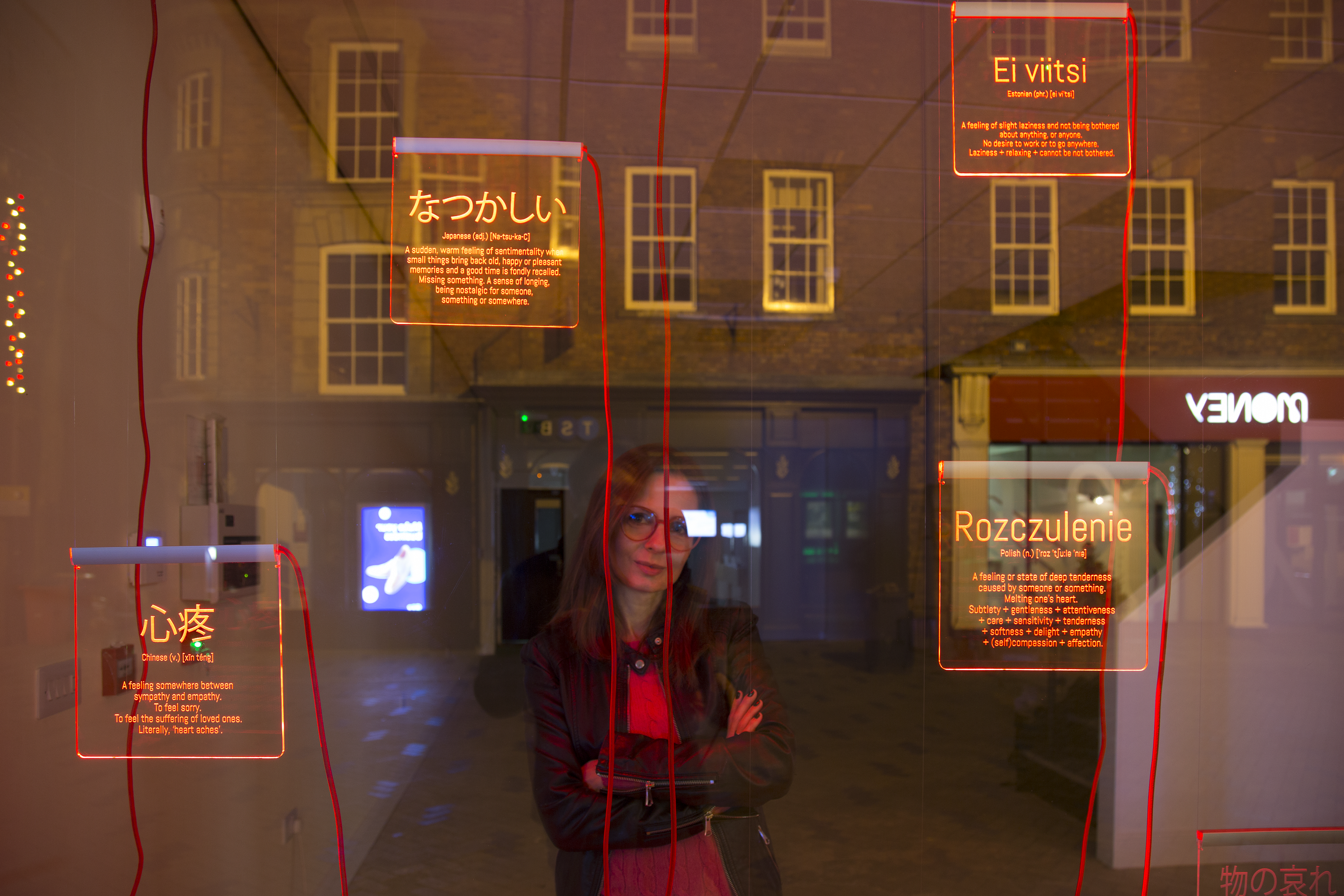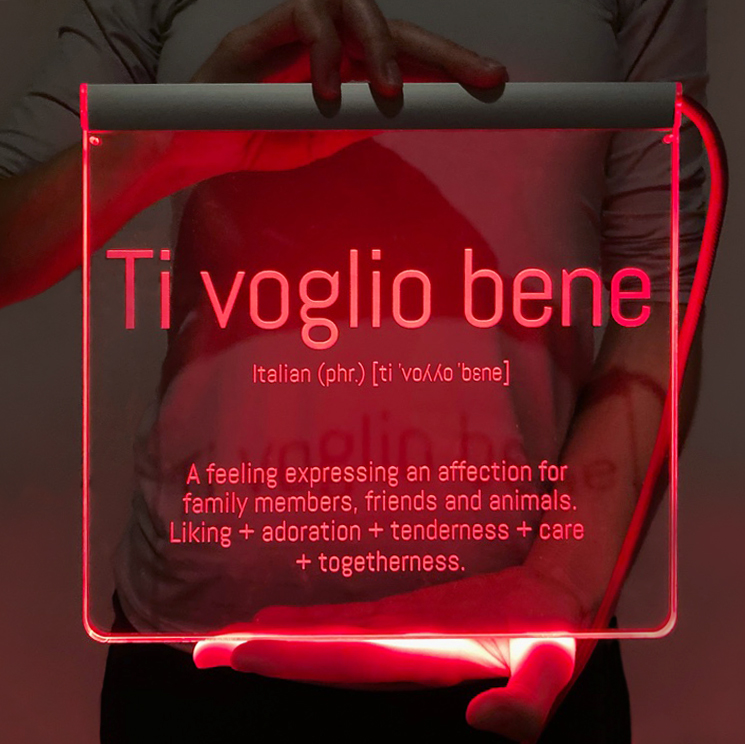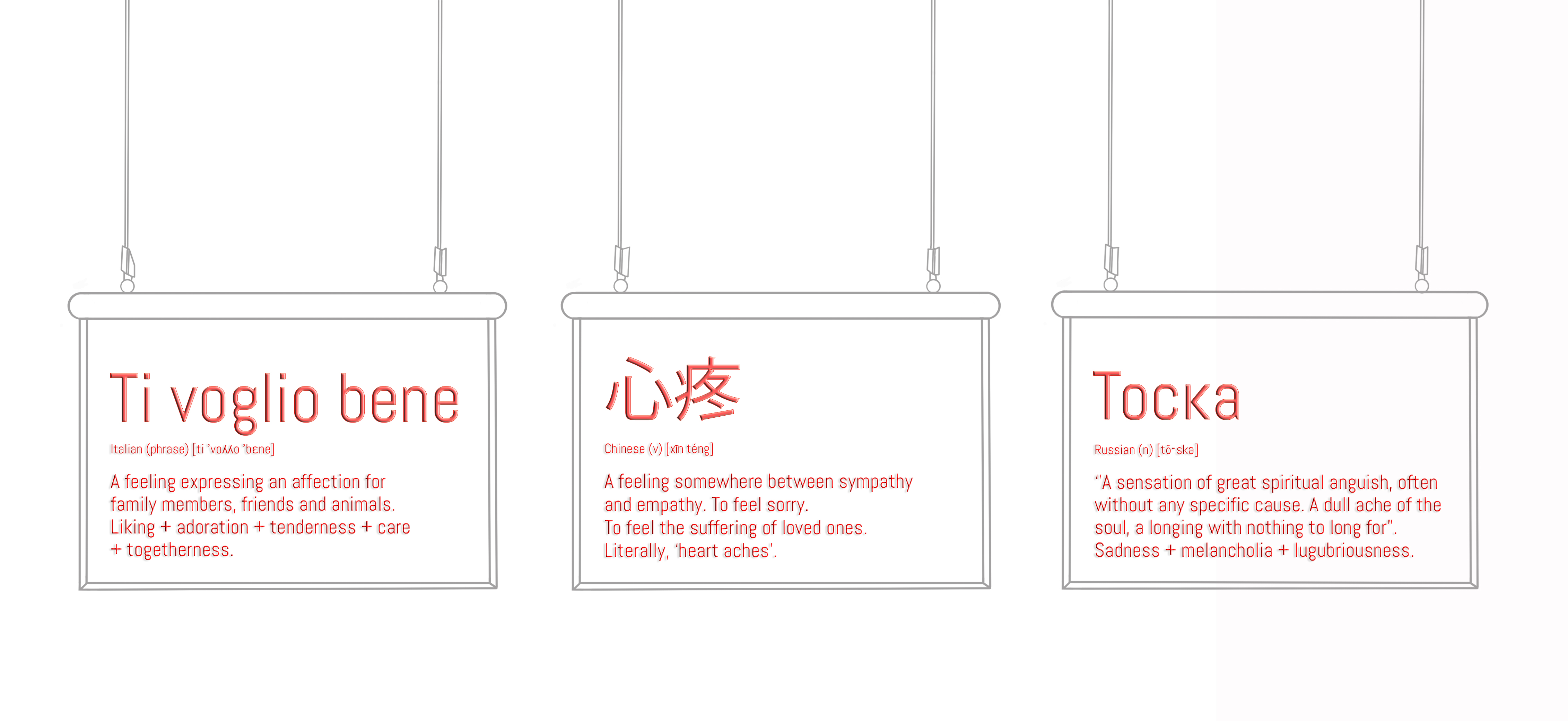Małgorzata Dawidek Q & A

A Net of Emotions 2021 © Małgorzata Dawidek
Hi Małgorzata! Firstly would you mind briefly introducing yourself and your practice?
I am a visual artist, researcher and author. I work cross-disciplinarily combining a wide range of media including performance, photography, videography, written drawings, installations, essays and poetry. Research has a special place in my practice. I work on the border of literature, anthropology (the study of the human in social relations) and selected aspects of medical humanities. My practice is focused on searching for self-representations of the ill female body and iconography of seclusion, anxiety, loss and pain in the history of art and literature. I am also exploring the awareness of language, and its boundaries and possibilities in expressing states that are difficult to verbalise, such as stories of illness and vulnerability, and have therefore developed my own terms and concepts such as bodygraphy and affective art practice to describe my practice.
We're really intrigued by your research and therefore your artistic concept of “bodygraphy”, please can you tell us in a few sentences about the term?
Bodygraphy is one of the original terms that I developed around 2005 as I tried to coin the name for the field of my interests and my artistic practice. The thought process behind bodygraphy stems from two words: body and graphy. Body refers to the human and non-human being; however, for the purpose of this conversation, I will focus on the human body. Graphy comes from the Latin word γραφή, which translates into English as to write, or writing. In short, bodygraphy is a record of the body, the-body-writing or a writing-through the-body. It can refer to forms and ways of articulating the body and finding its expression not only through language, but also through voice/sound and gestures in both private and public spheres. For example, in my work Body Texts (2016-2018), I sought to translate the physical experiences of the ill body into language by writing them on my skin like a tattoo. In the photographic series (Self)Soothing (2015-present), I reconstructed the choreography of the body in pain by recording its positions and gestures. Whereas in Book of Hours (2019), I created a bodygraphic performance recreating the behaviour of the body coping with pain using voice and movement research.

A Net of Emotions 2021 © Małgorzata Dawidek

A Net of Emotions 2021 © Małgorzata Dawidek

Malgorzata Dawidek in residence at The Art House, 2014

Malgorzata Dawidek in residence at The Art House, 2014

A Net of Emotions 2021 © Małgorzata Dawidek

A Net of Emotions 2021 © Małgorzata Dawidek
Thanks for explaining that to our audience Malgo, I suspect your research into the matter goes much further! Since you engage in a largely cross-disciplinary practice do you have a favourite field or material to work with?
My body is the primary medium of my practice and it is the one closest to me. I like working with it, observing this extraordinary process of discovering my own possibilities, limitations, vulnerability and agency. To a large extent, my work is orchestrated with the rhythms of my body, its weaknesses and better moments, which on the one hand, determines my activity, and on the other, allows me to take care of the body so as not to exploit it while working.
And a lot of your work also stems from language, do you have a favourite word(s) or phrase that resonates with you?
I really like the Polish word czułość, which can be translated into English as tenderness, or fondness, sensibility, responsiveness, susceptibility or delicacy. There is a kind of subtlety, compassion, care, understanding and attentiveness to another person contained in this word. Its root steams from Old Slavonic, Old Greek and Old High German, and has many sensual and somatic meanings that empowered it. It is a highly energetic word.
The past two years have been challenging for a lot of people, has the pandemic affected or altered the way in which you work?
When the first lockdown started, I was identified as a 'clinically extremely vulnerable person' and requested to undertake full shielding. For the first six months, I could not go out of my flat. Later I was allowed to go out but only for one hour per day, which is my norm until today.
During this time I turned my bedroom into a scriptorium (a space set apart for writing), which created a place for reflection, study and writing. I can say that I became a modern anchoress, archiving the contemporary 'Dark Age'.
Between March 2020 and March 2021 I created a 10 meter long written drawing which covered the walls of my bedroom. In addition, I was committed in creating an online artistic group, Common Space, a seminar/workshop-based collective within which I collaborate with performers, dancers, and researchers of body movement.
And so what motivated you to apply for the Artwalk commission? Do you have any previous connections to Wakefield?
In 2014 I had the great pleasure of participating in a month-long residency at The Art House Wakefield. My work was supported by the amazing team of staff there including David Gilbert and Lesley Farrell, and also by the invaluable Linda Fielding, a secretary of the Wakefield District City of Sanctuary, who organised help and supported groups for migrants, asylum seekers and refugees. I carried out my project collaborating with migrant women from many parts of the world. We created animations and text-based graphics presented in an exhibition titled Topography of Intimacy. The process of collaborative work with our bodies, stories and creative writing focused on experiences of our migrations was both painful and fascinating.
In my memory Wakefield has remained a city of openness, cross-linguistic-migrations and friendship between women - today, I still keep in touch with some of the migrant women involved in my residential project. But also, for me, Wakefield became synonymous with creativity, collaborations with local community and socially engaged art. This was the main incentive for my proposal for the Artwalk commission.
The work you created with these women sounds hugely important and cathartic. We’re so glad to hear you have such great memories of Wakefield. And so lastly, if you could hold a dinner party with artists and authors (dead or alive) who would you invite and what would you serve?
Ah, it would be a dream team dinner! I would love to invite my favourite writers, Herta Müller, Dubravka Ugrešić, Olga Tokarczuk and Virginia Woolf. As for artists, I would focus on the first female painters of antiquity, Temerine, Irene, Iaia, Aristarete and Olympias, forgotten by history.
I would serve up a vegan and fusion cuisine feast: Mediterranean starter - focaccia with olives, tomatoes, and aubergine spread - baba ghanouj; Polish traditional beetroot soup - barszcz czerwony - with ravioli stuffed with boletus mushrooms. I love to cook and have developed many original recipes, so for the main course I would serve vegetables baked in garlic and fresh rosemary marinade with celery sauce and selected salads of Chinese cabbage, apples and pepper—a hot stewed fruit compote to go with it, and a raspberry gâteau for dessert. I am thinking of wine but, on this extremely special occasion, reminding me of Witches' gathering, let me return to a quote from Mikhail Bulgakov's The Master and Margarita:
<<"Is that vodka?" Margarita asked weakly. The cat jumped up in his seat with indignation.
"I beg pardon, my queen", he rasped. "Would I ever allow myself to offer vodka to a lady? This is pure alcohol!">>
That is quite the feast, we’re drooling over here! Thank you so much for chatting with us Malgo and we can’t wait to visit your installation A Net of Emotion at 15 Northgate this Artwalk!